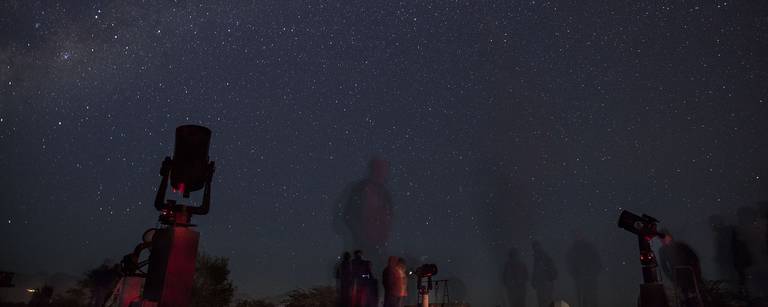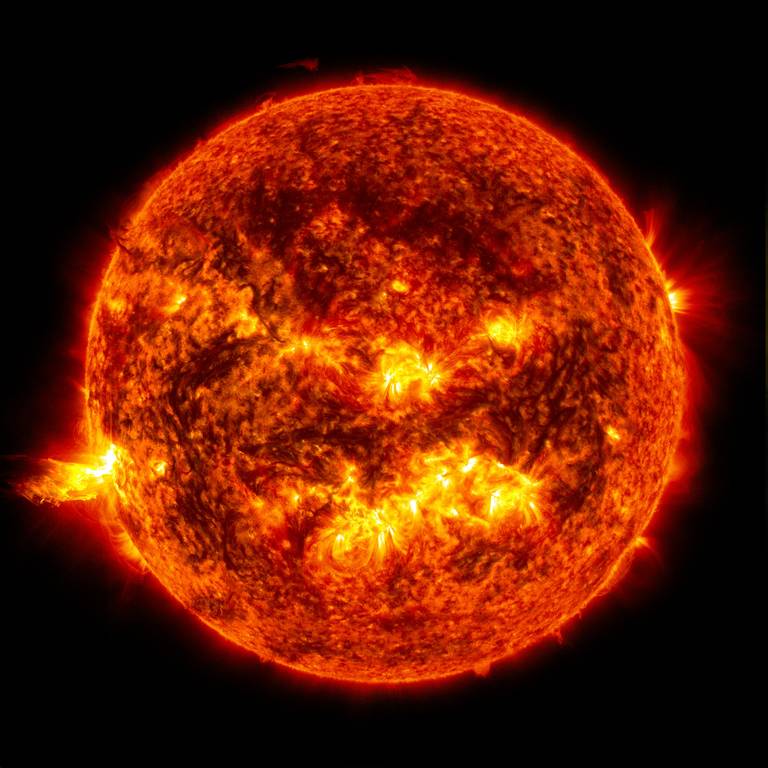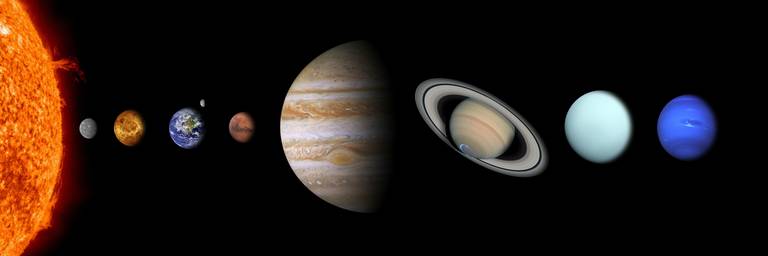Visual astronomy: Observing the Sky
Visual astronomy means observing the night sky directly through the eyepiece of a telescope, which means that the inherent limitations of the human eye must be taken into consideration, mainly that you can’t see colors in the dark and you need a certain quantity of light to see things in general. If you observe the Moon and the planets, you won’t have issues with brightness, as they reflect the Sun’s light. In fact, you may even need polarizing filters to reduce the brightness. This is especially true when viewing the Moon. If you point your telescope towards the deep sky, however, you will often find yourself observing objects that appear very dim. People often see photographs taken by amateur astronomers or professional observatories and are terribly disappointed when they look at the same objects through their telescope. Gone are the flamboyant colors and the impressive details, enter the gray, faint, blurry blobs, sometimes barely noticeable even when looking straight at them. Why is this?
Here is a selection of some telescopes well suited for observing: Which Telescope for Stargazing?
The reason is that the human eye has two kinds of photoreceptor cells, those that activate when there is a lot of light and which are responsible for our day vision, and those that activate once the quantity of light goes below a certain threshold, which generate our night vision. The latter photoreceptors allow only for grayscale images, which is why when you observe dimly lit objects through a telescope you only see faint gray shapes.
So, is there a solution? Is there a way that you can still see color? Not really. You can see a bit of color on certain objects when using an instrument that has a large aperture. The bigger the lens, or mirror, the more light it is able to collect and concentrate into the eyepiece. At some point, your day vision photoreceptors may trigger slightly. The result will depend on how dark the skies are where you are located, as well as your age and your own sensitivity to color. The aperture of the telescope will have to be large, probably over 14 inches, and even then the colors will be faint. The telescopes that can provide enough light to perceive actual color are mainly found in professional observatories, and they don’t even have eyepieces as they are used exclusively for astrophotography.
Disappointed already? Don’t be. Even without the color the magic is still there, and it is intense. The pale gray spot you’re looking at may be a galaxy located so far from us that it took the light it’s emitting millions of years to reach us, yet you are observing it directly, straight through the eyepiece of your instrument! Even the most amazing photographs taken by the Hubble space telescope cannot beat that feeling.
So, does this mean that you want to opt for a larger aperture? Not necessarily. For instance, if you want a telescope in order to observe the planets and the Moon (and even the Sun, but in this case please read our article: Observing the Sun!), what you need is focal length because it provides increased magnification. To see the features of the planets or our Moons’ craters up close, remember that the higher the focal length, the higher the magnification, and the lesser the luminosity. In this example, the objects we are observing are bright enough that we can afford a decrease in the latter. If the aperture of your telescope is large enough, a polarizing filter may be useful for the Moon because of its brightness; and in the case of solar observation, a specially designed filter must to be used if you don’t want to lose an eye—and your instrument. So, you don’t have to worry that much about the aperture.









